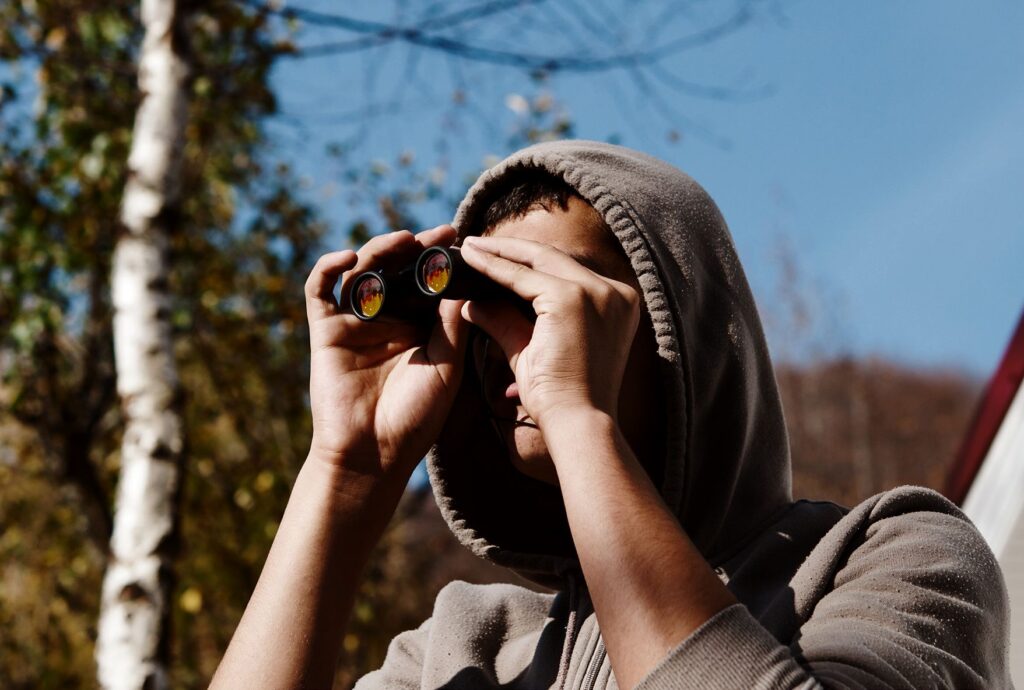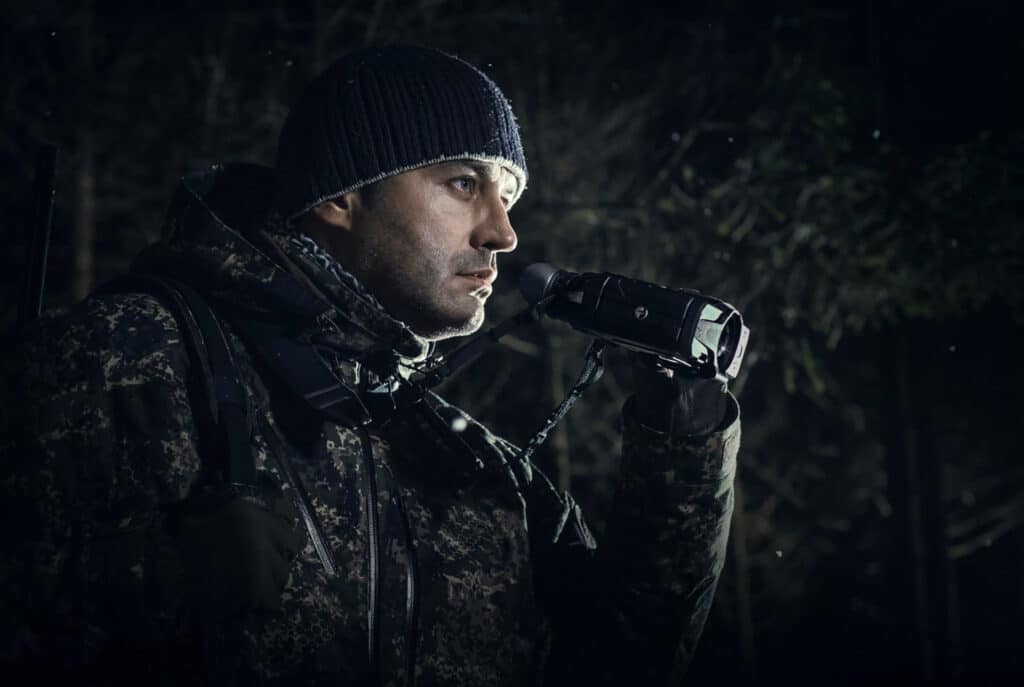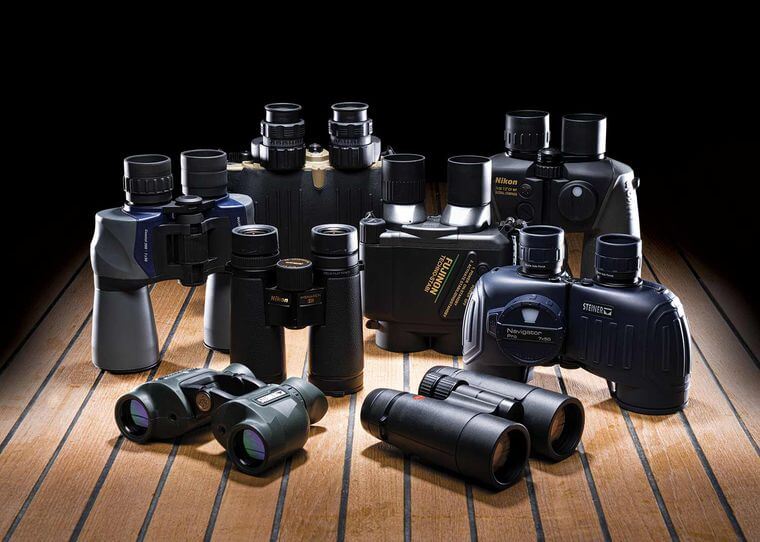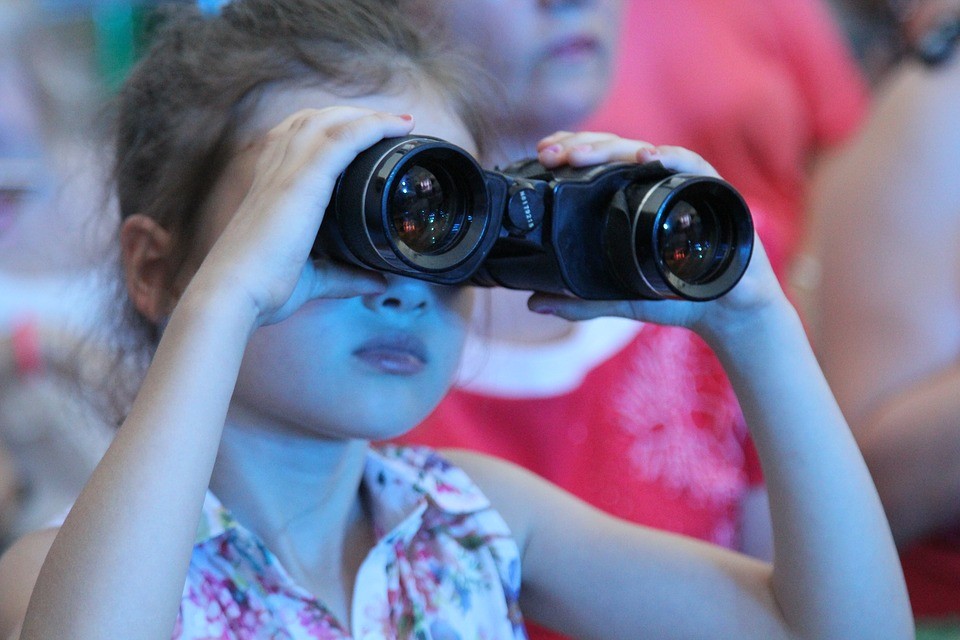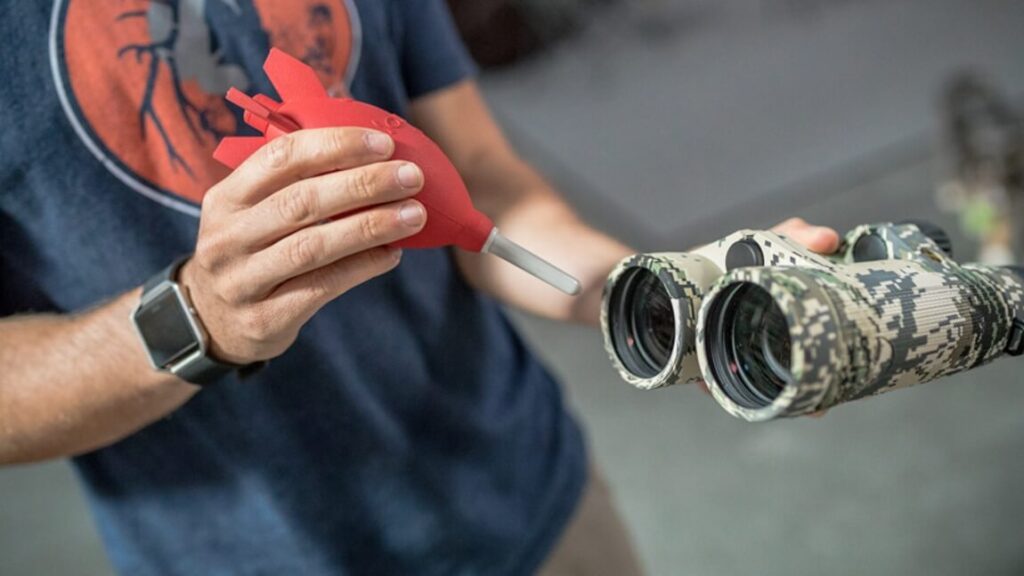

What do numbers on binoculars mean? This is a question asked by most first-time shoppers when they try to read the specifications of the devices. There are usually a bunch of numbers in the specs sheet, and manufacturers don’t provide any meaningful descriptions hence the confusion. This is also quite common where scopes are concerned.
That said, these numbers are meaningful and are not just thrown in there as a joke. Instead, they describe specific physical attributes as well as features. Learning what they mean could ensure you have an easier time shopping when you decide you want a new pair of binos the second, third, and other subsequent times.
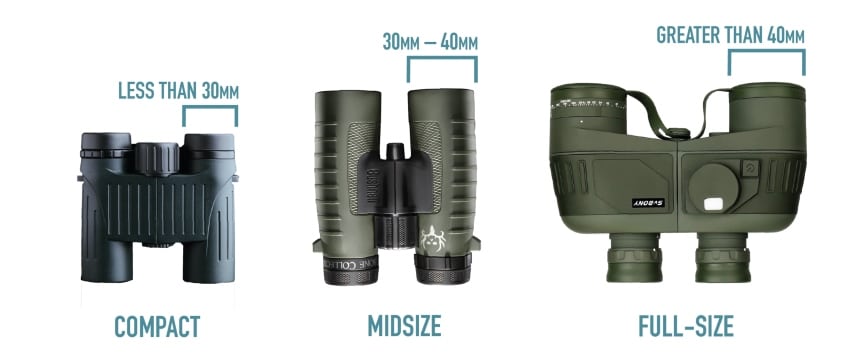
These numbers are usually descriptive of the objective lens size. The objective lens size is referred to as aperture in some circles. Understanding this number is simple. The larger the number, the wider the lens. Also, wider objective lenses allow more light into the binoculars.
Unfortunately, wider objectives also often lead to larger and bulkier binos which can be challenging to carry, so be wary of that. That said, if you’re looking for compact binoculars, 8×32 models are a good bet.
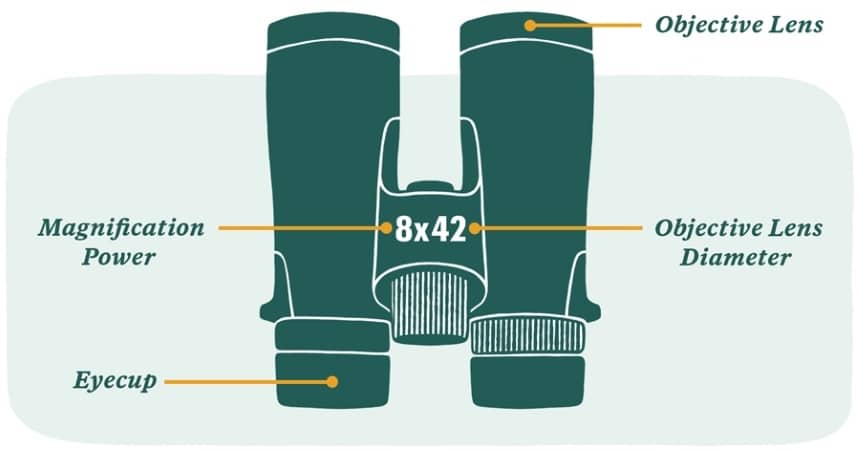
Similarly, 10×42 features 10x magnification. The third option has two numbers separated by a dash before the multiplication sign, and if you concluded that it is slightly different from the other two, you’re right.
The 8×32 and 10×42 options are both fixed magnification binoculars which means the magnification will never change. However, for the 8-16×21 pick, the magnification can be varied by the user from 8x to 16x. Notably, any binos with variable magnification are referred to as zoom binoculars.
The Nikon Aculon A211 is a popular pick for zoom binocular users and is preferred due to its magnification range of between 10-22. The large objective may also be another reason why it’s picked by so many.
Notably, you don’t always want to pick the highest magnification you can find. You will get that extra reach and visibility, but the images can be unsteady unless you have a tripod or steady base attached to the binos.
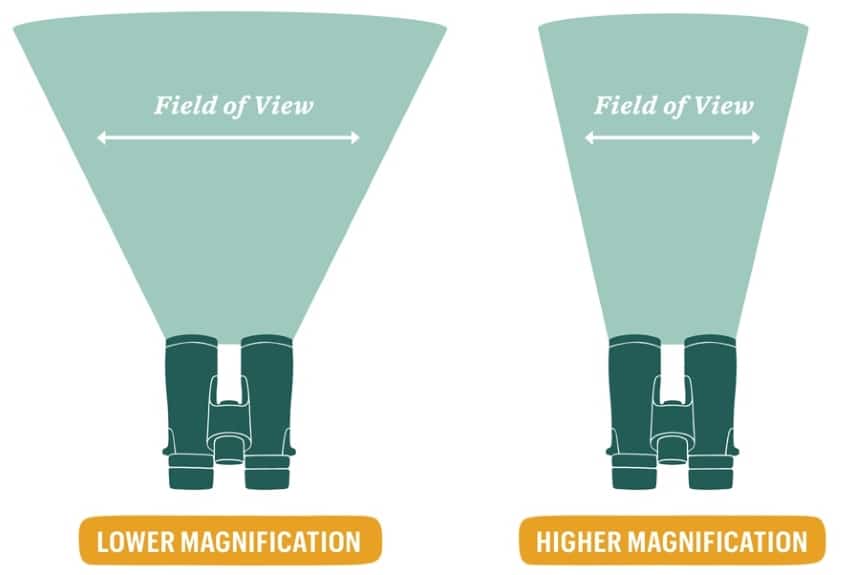
As for the angle, it is given in degrees. Just like the FOV, the higher the number, the wider the area you can see in your binos. That said, if you see a low number, e.g., 6 or 7 degrees, you should multiply it by the magnification. This will give you the actual angle of view, which may be in the sixties or higher.
According to most reviews, the 426 ft at 1000 yards wide field of view of the Vortex Diamondback HD binoculars makes them a perfect fit for watching wildlife. They are durable as well and fit the outdoors just right.
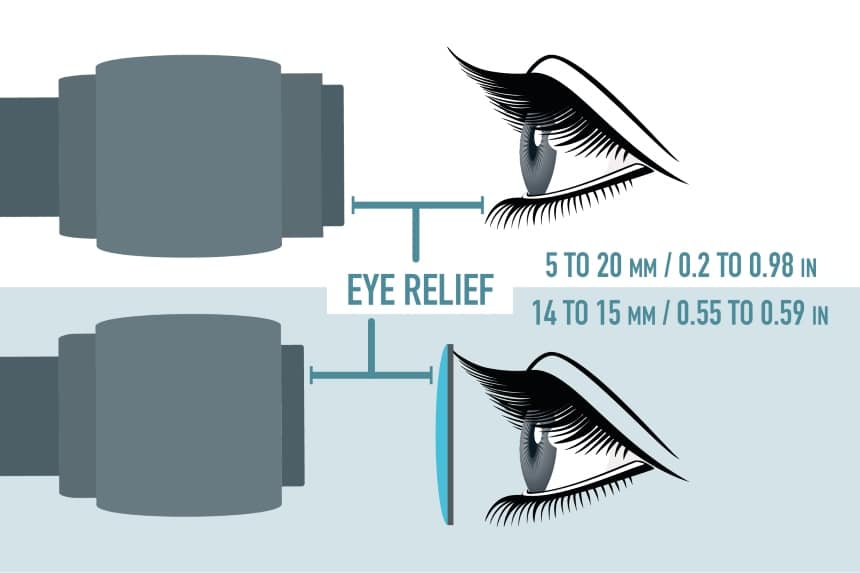
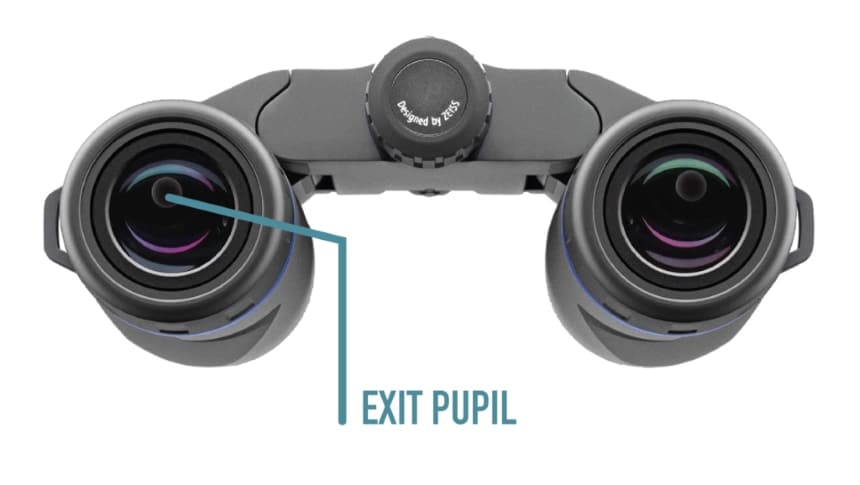
If you already know the size of the objective and the magnification, you can calculate the size of the exit pupil yourself. You just divide the objective by the magnification. 4mm is generally the recommended exit pupil size by experts. However, if you can get bigger, you’ll be much better for it.
Additionally, you can see the physical representation of the exit pupil if you want to. Just slowly move your binoculars further and further away from you while looking through the eyepiece. At some point, the field of view will disappear and you will see two dots of light. There should be one in each eyepiece.
You may need to calibrate your binoculars when they are new to help them focus better. People who don’t wear glasses need to start by twisting the eyecups away from the main body of the binos. However, if you wear glasses, leave the eyecups as they are.
Hold the binos up to your eyes and look through them. While you’re doing so, ensure your eyes are well-positioned over the lenses. You can adjust the barrels if they don’t fit as well as they are supposed to. After that, find something to look at through your binoculars. It should be a significant distance away, i.e., 30 feet or more.
If you look at the binos, most models have a dual focus adjustment and a diopter to control one of the lenses’ focus. Cover the eye with the diopter and use the dual focus adjustment to make sure the uncovered eye can see the image clearly.
After that, cover the other eye and look through the remaining eyepiece. If the image is blurry, use the diopter to correct that. After that, the binos should be calibrated. You can recheck for both eyes to make sure everything is fine. Also try to recalibrate your binos from time to time, so you always have the best view.
The “what do numbers on binoculars mean” question shouldn’t bother you anymore if you have this guide with you. If you’re shopping for new binos, this write-up may also be of help, so make sure you bookmark it for future reference.
